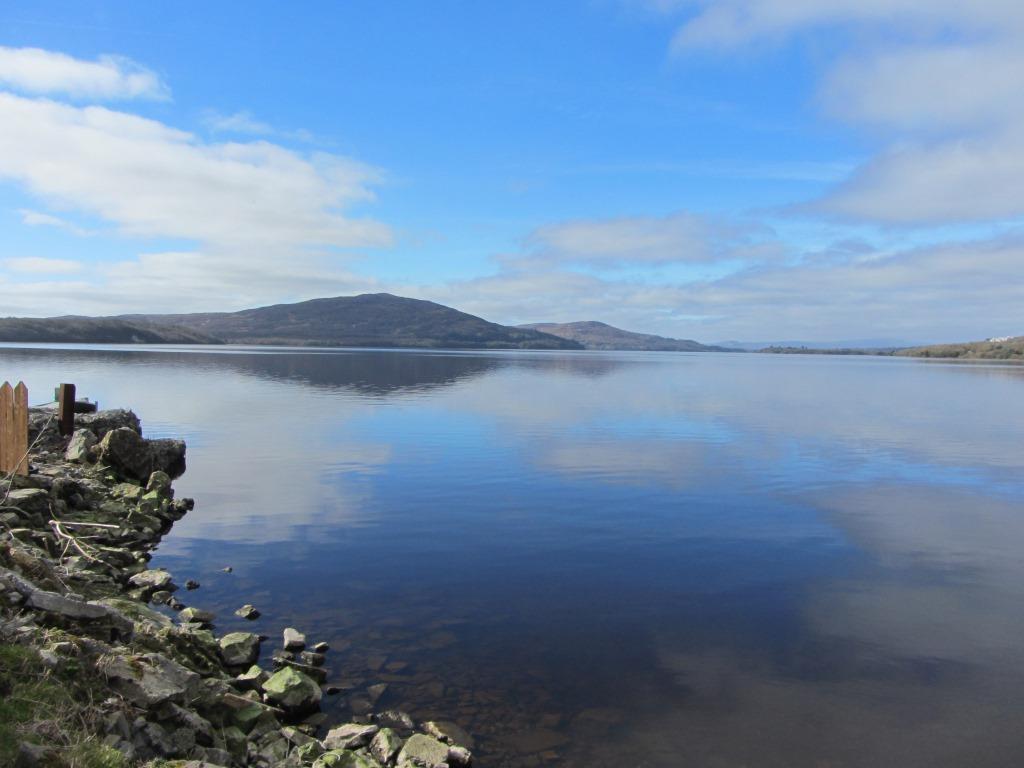



Situated on the Wild Atlantic Way, in the northwest of Ireland, Sligo is perhaps most well-known for its connection with the famous Irish poet and playwright, William Butler Yeats. The town is perfectly situated to explore the surrounding countryside and the region that gave inspiration to many of Yeats’ most famous works. Here are some suggestions for places to visit and things to do while you are in the area –
See Benbulben/Benbulben Forrest Walk

Benbulben, one of Sligo’s and indeed one of Ireland’s most famous mountains can be seen from many different angles and locations around Sligo. Fantastic views of the mountain can be enjoyed in particular from the Benbulben (Gortarowey) Looped Walk. The entire loop is about 4KM and there is a nice track which you can follow through the trees.
Take a Seaweed Bath!

People have been enjoying seaweed baths in Ireland for centuries and Strandhill in Sligo is famous for them! Voya Seaweed Baths is situated on the sea front of Strandhill, right beside its beautiful sandy beach. Although the smell won’t be to everyone’s tastes and it feels a bit slimy, these features are not permanent and the bath will leave your skin feeling wonderful! In addition to the skin benefits, studies have shown that the vitamins and iodine in seaweed helps to improve circulatory complaints and eliminates toxins from the body.
Visit Parke’s Castle

Parke’s Casle is about 20 minutes’ drive from Sligo Town, it’s actually just over the border in County Leitrim. Charmingly located on the shores of Lough Gill, the castle was once the home of Robert Parke and his family. The region was previously ruled by Brian O’Rourke who assumed leadership of his family by assassinating his older brothers. O’Rourke himself was hung, drawn and quartered after he sheltered survivors of the Spanish Armada, upsetting the monarchy in England. The Castle has now been faithfully restored using authentic materials and traditional craftsmanship and tours of property will give you an insight into what life was like in Ireland at the time.
Take a Boat Cruise on Lough Gill (& see the Lake Isle of Innisfree)

The Rose of Innisfree is moored right beside Parke’s Castle and they do a wonderful waterbus tour of Lough Gill. Lough Gill inspired a number of poems by William Butler Yeats, most famously, the Lake Isle of Innisfree which you will see up close on this one hour tour. Catch a glimpse Church island which has the ruins of a 13th century monastic settlement. You will also see Beezie’s Island which is named after its sole resident, Beezie Gallagher who lived on the island alone until she died in 1951.
Take a Snap Beside Glencar Waterfall

Glencar Waterfall is located in Glencar County Leitrim, about 15 minutes from Sligo and about 15 minutes from Parke’s Castle, so you could visit both attractions easily in one day. The waterfall is particularly impressive after rain and can be viewed from a short wooded walk. There are plenty of lakeside tables and benches in the area, making it a lovely place to enjoy a picnic.
Visit Rosses Point

At the entrance to Sligo Bay, you will find the stunning coastal village of Rosses Point with its spectacular long sandy beach. Yeats and his family would have spent their summers in Rosses point, staying in Elsinore House which is now in ruins. In this little village you can enjoy good food especially seafood, some fantastic little pubs and sometimes great traditional Irish music. The village enjoys fantastic views over Sligo Bay and there are some lovely seafront walks to enjoy.
Visit Drumcliffe & Yeats’ Grave

Drumcliffe is 8 km north of Sligo town and it is best known as the final resting place of W.B Yeats. In the church yard, you will find Yeats’ grave marked with the simple inscription ‘cast a cold eye on life, on death, horseman pass by’. Yeats instructed that these words be placed on his grave stone and that there be no marble or conventional phrases on it. The graveyard also contains a high cross and a 6th century monastery.
The best way to learn about Ireland is to visit yourself. Contact us today for a quotation including some or all of these locations today –
USA & Canada1877 298 7205
UK FreeFone0800 096 9438
International+353 69 77686